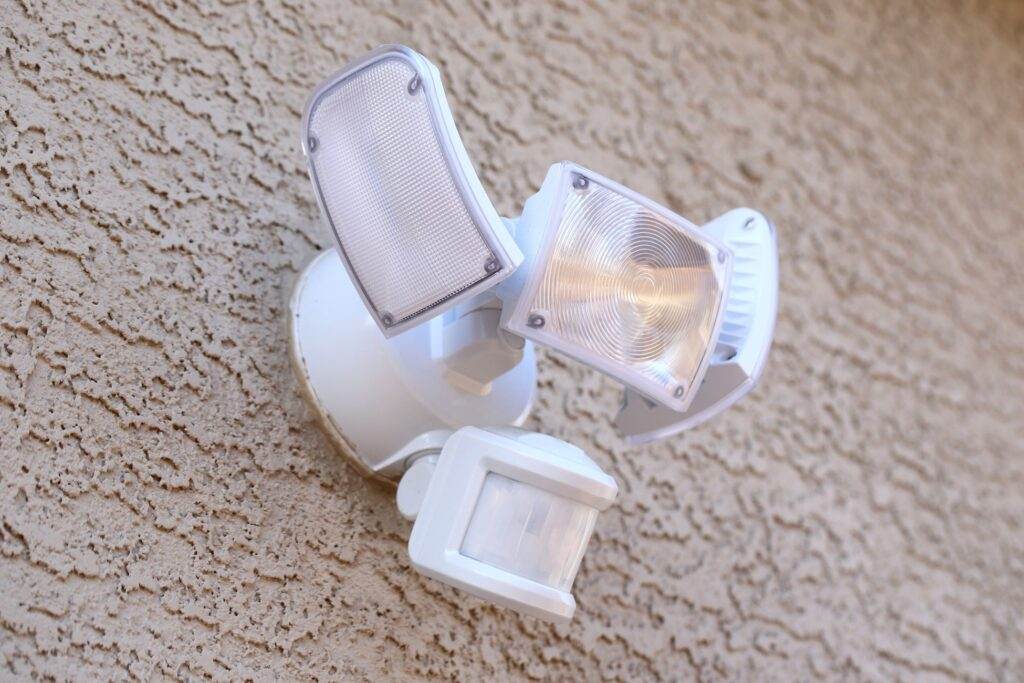The Benefits of Installing Motion Sensor Lighting
The Benefits of Installing Motion Sensor Lighting
Whether you’re upgrading your home’s security or looking for smarter energy usage, motion sensor lighting is one of the most efficient and cost-effective additions you can make. Homeowners in Middletown, MD and surrounding areas are increasingly choosing motion-activated light systems to increase safety, reduce energy waste, and make everyday life more convenient—without needing major electrical work. From the driveway to the hallway, the right lighting system can make a big difference. Here’s how motion sensor lighting works and why it’s worth the investment.
What Is Motion-Activated Lighting?
Motion-activated lighting uses sensors to detect movement in a defined space. When motion is detected, the lights turn on automatically. After a preset amount of time without activity, the lights turn off again. These lights are commonly installed in entryways, hallways, outdoor areas, garages, and around the perimeter of your home. Unlike traditional light switches, motion sensor light switch setups provide hands-free control and only activate when needed. This simple technology supports both convenience and safety.
How Does Motion-Activated Lighting Work?
Most motion-activated lights use passive infrared (PIR) sensors that detect the heat given off by moving people, animals, or vehicles. Other systems use ultrasonic or microwave sensors to detect motion through sound or movement waves. Some lights use a combination of sensor technologies for increased reliability.
When movement is detected, the circuit completes and triggers the light. After a specified delay, usually 30 seconds to 10 minutes, the circuit opens again, and the light turns off. This smart automation process saves energy and reduces unnecessary wear on bulbs.
Benefits of Installing Motion-Activated Lighting
Adding motion-activated lights to your home does more than just brighten a space. These systems support safety, efficiency, and convenience, all in one.
Lowers Energy Costs
Because these lights only activate when movement is detected, they prevent energy waste. Instead of leaving outdoor lights on all night or hallway lights running unnecessarily, your home uses power only when needed. This makes motion sensor lighting a great option for improving energy efficiency.
Improved Security
Home security is one of the biggest reasons homeowners install motion lighting. Bright lights triggered by unexpected motion can deter intruders and alert you or your neighbors to activity outside. Installing an outdoor motion sensor light near garages, back doors, and dark corners enhances visibility and keeps your property protected at night.
Light Difficult Areas
Certain areas around your home—like staircases, driveways, or sheds—may be difficult to access or poorly lit. Motion-activated lights allow you to walk in safely without fumbling for a switch. They’re especially helpful when carrying groceries, loading the car, or arriving home after dark.
Convenience
Motion lighting adds ease to your daily routines. With an installation guide from a licensed electrician, these systems can be placed exactly where you need them, reducing hassle and improving flow through your home. They’re especially useful in spaces like laundry rooms, basements, closets, and garages.
Lengthens Lifetime on Light Bulbs
Turning lights on only when necessary dramatically reduces the hours your bulbs are in use. This extends the life of your bulbs, saving money over time and reducing waste. When combined with LED technology, motion sensor systems become an even more durable, low-maintenance solution.
Types of Motion-Activated Lighting Systems
Every home is different, which is why motion sensor lighting comes in a variety of options to suit your needs. Choosing the right type depends on the space, intended use, and your wiring setup. Professional installation ensures your motion sensors are positioned correctly, aimed precisely, and connected safely to your home’s electrical system. A local electrician can also help adjust timing settings, sensitivity levels, and lighting direction to suit your property. Here are some of the most common motion lighting types:
- Wall-Mounted Outdoor Motion Sensor Lights – Ideal for driveways, porches, and walkways
- Ceiling-Mounted Indoor Sensors – Perfect for basements, garages, and staircases, motion activated lights can really add to your home or business.
- Motion Sensor Light Switches – Replace traditional switches with smart sensors in hallways or bathrooms
- Floodlights With Motion Detection – High-powered lights that activate on movement in large outdoor areas
- Solar-Powered Motion Lights – Great for areas without wiring access and for increasing energy savings
Enhance Your Home With Smart Lighting
Motion-activated lights are an easy win for homeowners looking to improve safety, cut utility costs, and add modern convenience. Whether you’re installing them indoors or outdoors, they offer smart solutions with long-term benefits.
If you’re considering adding motion sensor lighting to your home in Middletown, MD or nearby communities, Provident Electric is here to help. Our licensed electricians will help you select the right system, handle the installation with care, and ensure your home is both safer and more efficient. Contact us today to schedule your consultation or learn more about upgrading your lighting systems.

